According to a recent survey, nearly 7 in 10 people believe healthy eating is essential for a long, vibrant life. However, fewer realize just how much this depends on a healthy digestive system. Often called “the second brain,” your digestive system is like a finely-tuned orchestra, where each part – from enzymes and stomach acids to beneficial bacteria – plays a unique role in keeping you nourished, energized, and healthy.

When one element falls out of sync, it can throw the whole system off balance, causing bloating, fatigue, or even nutrient deficiencies. By understanding how digestion works and learning ways to support it, you can take a big step toward lifelong wellness.
In this guide, we’ll follow the journey food takes through your body, explore common digestive issues, and share practical steps to keep this complex system in harmony.
Let’s dive in.


What is digestion in the human body?
Digestion is the process by which your body breaks down food and drink into the essential nutrients it needs to fuel you. From the first bite of your meal to the final flush, digestion transforms food into energy, repair materials, and defenses for your body—all in an intricate, hours-long process.
When you eat, digestion turns your food into two types of nutrients: energy-packed macronutrients (like proteins, carbs, and fats) that power muscles and help with cell repair, and micronutrients (vitamins and minerals) that act like tiny guardians, supporting everything from immune health to mental sharpness. It’s a 24/7 operation that keeps you going, with each stage of digestion ensuring that every last nutrient finds its way to where it’s needed most.
How does digestion work?
From the moment food enters your mouth, it starts an extraordinary journey. Here’s a closer look at every stage of your digestive system:
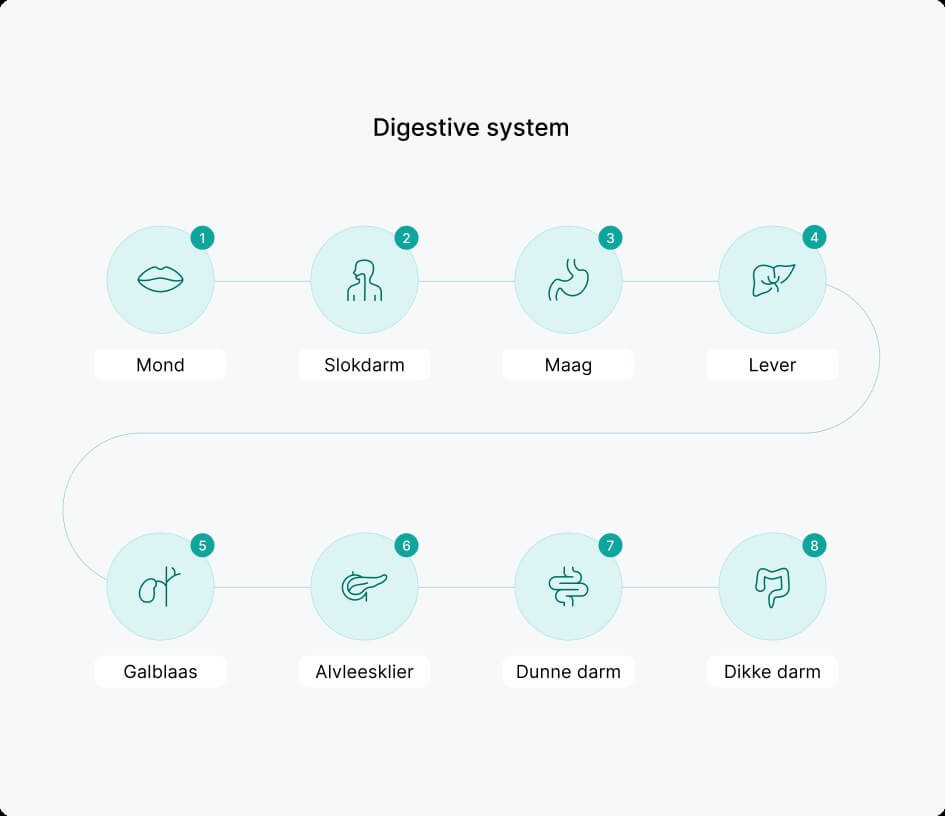
1. The journey begins in your mouth
As you chew, saliva mixes with food, starting the breakdown of carbohydrates thanks to the enzyme amylase. Imagine eating a slice of bread. That slight sweetness you taste as you chew is amylase converting starch into sugars. Saliva also adds a layer of moisture, making the food easier to swallow and priming it for the journey ahead.
2. Down through the esophagus
When you swallow, food moves through the esophagus, a muscular tube about 30 cm long. This passage is powered by peristalsis, a wave-like muscle movement. The food travels quickly, taking around six seconds to reach the stomach, where another critical phase begins.
3. Breaking down in the stomach
Here, food encounters gastric juices – a potent mix of hydrochloric acid and enzymes like pepsin. Picture the stomach as a churning, acidic cauldron that dissolves proteins and kills harmful bacteria. Stomach walls produce mucus to prevent self-digestion, a testament to the stomach’s high acidity, which would otherwise burn through tissues.


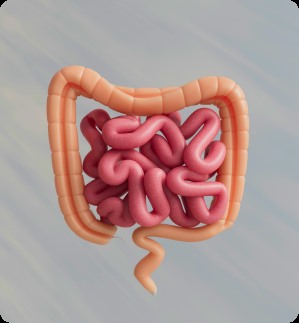
4. The Liver: Your body’s processing plant
The liver is like the body’s main processing plant. One of its critical functions is to produce bile, a greenish-yellow fluid that helps break down fats. However, the liver doesn’t release bile directly into the digestive tract – instead, it sends bile to the gallbladder for storage.
Beyond bile production, the liver processes nutrients that come from the small intestine, sorting out what should be stored, converted into energy, or distributed as needed throughout the body. It also plays a vital role in filtering out toxins, helping to keep your system clean and balanced.
5. The gallbladder: Your bile reservoir
The gallbladder acts as a reservoir, storing the bile produced by the liver. When you eat a meal that contains fats, the gallbladder springs into action. It releases stored bile into the small intestine, where it can break down fats, making them easier for digestive enzymes to process. Think of the gallbladder as the body’s “bile tank,” storing bile and releasing it right when the body needs that extra support to handle fatty foods.
6. The pancreas: Your digestive powerhouse
The pancreas is essential for digestion because it produces a range of enzymes that break down carbohydrates, proteins, and fats. These enzymes – amylase (for carbs), lipase (for fats), and protease (for proteins) – are released directly into the small intestine, where they help digest food at a molecular level, preparing it for absorption.
In addition to its digestive role, the pancreas produces insulin, a hormone that regulates blood sugar levels. This dual function links digestion closely with energy management, helping keep blood sugar stable after meals.


7. Absorption happens in the small intestine
Food enters the small intestine in a partly digested form, where it meets bile from the gallbladder and pancreatic enzymes. This is where carbohydrates, proteins, and fats break down further, allowing nutrients to be absorbed. Villi and microvilli (tiny, finger-like projections) line the small intestine, creating a vast surface area for maximum nutrient absorption.
8. The large intestine: The final stop
Now, what remains are indigestible fibers and water. The large intestine, our internal recycler, extracts water and minerals and houses billions of bacteria that continue to break down what’s left. These bacteria produce short-chain fatty acids (SCFAs), which fuel colon cells and even help regulate mood and inflammation. Finally, waste is formed into a stool and exits the body.

How long does digestion take?
Generally, it takes around 6-8 hours for food to move through the stomach and small intestine and another 24-48 hours through the large intestine. Digestion speed varies by food type and individual factors. While water and juices may pass through the stomach within minutes, proteins and fats can linger for hours.
- Fast Digestion: This is when food rushes through, and nutrients are not fully absorbed. This could be triggered by stress, gastrointestinal infections, or high caffeine intake, often resulting in diarrhea.
- Slow Digestion: Involves a sluggish or bad digestion that can lead to bloating and constipation, commonly caused by low fiber, dehydration, or inactivity.
Understanding these digestion times helps optimize meal planning. For instance, meals rich in proteins and fats may be ideal for sustained energy, while fiber aids satiety and digestion.

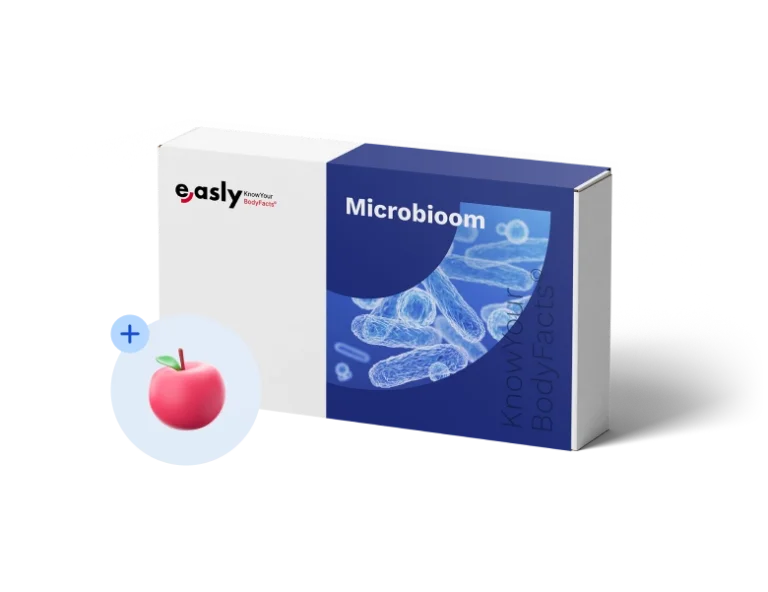
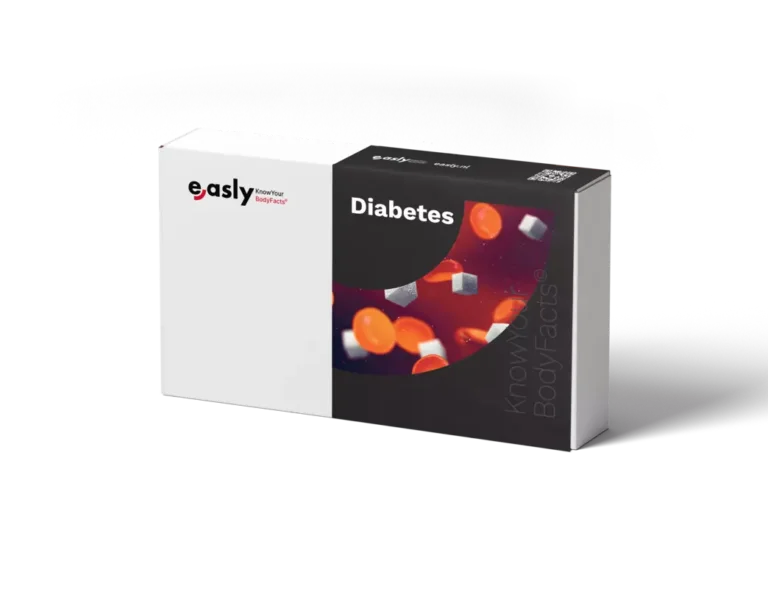
How to identify common digestive problems
Sometimes, our digestive systems try to tell us when something’s not right, but the signs aren’t always easy to interpret. Here are a few of the most frequent digestive problems and the clues they leave behind.

Acid Reflux
Imagine enjoying a hearty meal and settling in for the evening, only to feel a burning sensation creeping up your chest. That familiar burn, is known as acid reflux. It often strikes after large meals or lying down too soon after eating. It’s the result of stomach acid slipping back into the esophagus, irritating the delicate lining.
Constipation
This is when stools are hard, infrequent, or difficult to pass. It’s not just frustrating – it can affect your mood, energy, and comfort. Constipation is often a side effect of low fiber, dehydration, or a sedentary lifestyle, all of which make the stool drier and harder to move through the intestines. If you notice long stretches between trips to the bathroom or find yourself straining, these are the first signals.


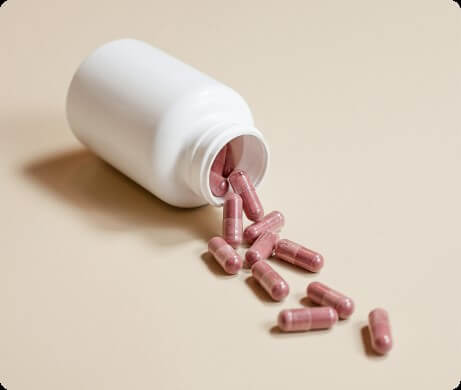

Diarrhea
Diarrhea is often the body’s response to something it wants to flush out quickly. Whether it’s a stomach bug, a sensitivity to a certain food, or even just stress, diarrhea can be the body’s way of saying, “Something’s off.” Recognizing when diarrhea is linked to certain foods, medications, or stressful situations can help in taking steps to soothe the system.
In summary, poor digestion can manifest in various ways, such as heartburn, constipation, and diarrhea. Each of these issues signals that the digestive system is out of balance. By identifying the causes—such as diet, lifestyle, and stress—we can better respond to what our body needs. Pay close attention to these signals to get your digestion back on track and improve your overall well-being.
What is good for digestion?
To know how to improve digestion, you must first understand that maintaining digestive health involves more than just eating right. It requires mindful, balanced practices that support each phase of the digestive process. Here is what helps with digestion.

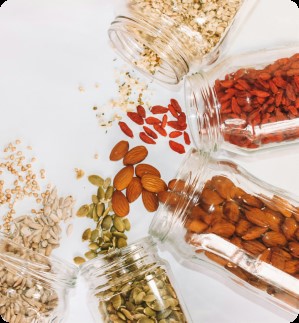

- Fiber is your friend: Foods rich in fiber – think of whole grains, fruits, vegetables, and legumes – support stool formation and provide fuel for gut bacteria. Try incorporating a rainbow of fiber sources to benefit a diverse microbiome.
- Hydration: Water is essential for a smooth digestion process. Without it, fiber cannot do its job effectively, leading to sluggish bowels and constipation.
- Mindful eating: Take time to chew each bite thoroughly. Not only does this aid in breaking down food but it also reduces bloating and prevents overeating.
- Manage stress: Chronic stress affects digestion by diverting blood flow away from the gut. Incorporate calming practices, like deep breathing, yoga, or walking, to alleviate stress and support digestive health.
- Regular probiotic and prebiotic intake: Probiotics add beneficial bacteria to the gut, while prebiotics feed them. Combined, they maintain a balanced microbiome. Probiotic supplements or foods like kefir and sauerkraut can help, especially if digestive issues persist.
The role of the microbiome in digestion
The gut microbiome, is a community of trillions of microorganisms — bacteria, fungi, and other microbes, all working behind the scenes in your gut. This diverse population helps break down fibers, fights off harmful pathogens, and even produces essential vitamins like B12 and K.
Research has shown that a balanced microbiome is linked to reduced inflammation, improved digestion, and even mental health benefits. For example, when beneficial bacteria convert fiber into SCFAs, these molecules provide energy, protect against gut inflammation, and regulate immune responses.
Supporting Your Microbiome: Foods like yogurt, kefir, kimchi, and sauerkraut introduce beneficial bacteria, while prebiotics (found in bananas, garlic, and onions) feed them. Regularly consuming these foods maintains balance, supporting a healthy gut and better digestion.
The importance of testing microbiome in digestion
health. By analyzing bacterial composition, such tests can provide insights into which foods or supplements may benefit specific gut needs. Blood tests for nutrient levels can also indicate if digestive issues are impairing nutrient absorption.

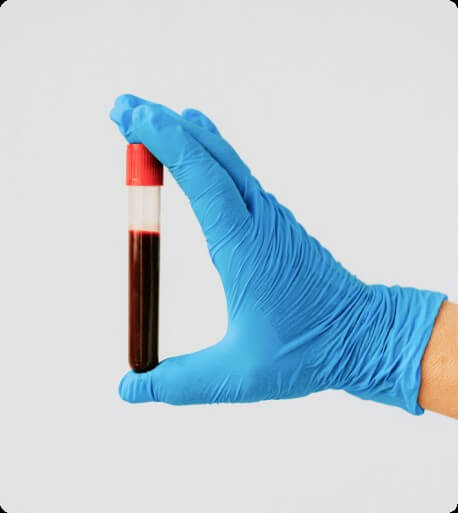
These tests enable personalized strategies, helping you tackle specific concerns such as an overgrowth of certain bacteria, nutrient deficiencies, or inflammation.
Conclusion
Your digestive system, though often overlooked, is essential to your health, affecting everything from energy to immunity. By focusing on a high-fiber diet, staying hydrated, incorporating probiotics, and managing stress, you can cultivate a balanced, efficient digestive system.
Digestive health isn’t just about avoiding discomfort; it’s a cornerstone of overall wellness. In our next article, we’ll explore digestive problems in-depth, from symptoms to treatment strategies.










